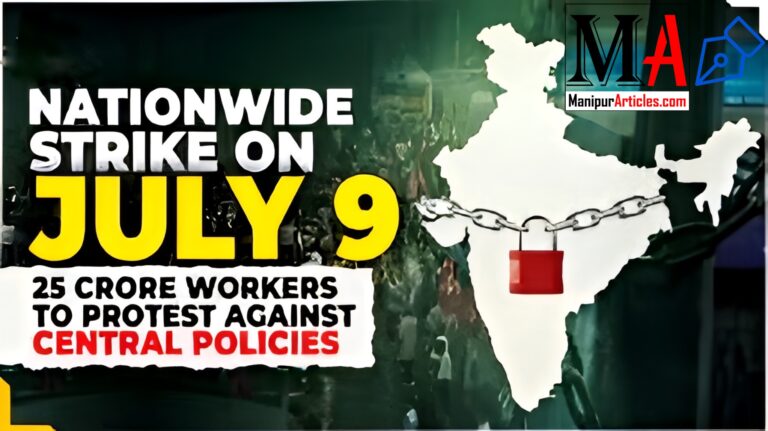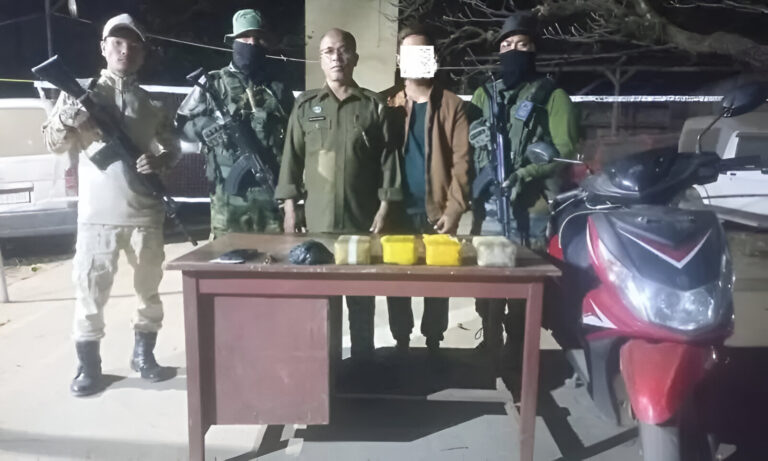Tensions Rise: Arrests of Palestinian Protesters Outside the NY Stock Exchange
Summary of the News Article
On October 13, 2023, around 200 Palestinian protesters were arrested outside the New York Stock Exchange (NYSE) during a demonstration advocating for Palestine amidst the ongoing conflict in Gaza. The protesters, gathered in solidarity with the Palestinian cause, faced a heavy police presence, leading to numerous clashes. This event reflects the increasing tensions surrounding the Israel-Palestine conflict, highlighting the intersection of global politics, activism, and economic institutions.
Exploring the Arrests: A Deep Dive into the Protests
1. The Context: Understanding the Israel-Palestine Conflict
Before diving into the details of the protest, it’s crucial to understand the broader context of the Israel-Palestine conflict. This decades-long struggle stems from complex historical grievances, territorial disputes, and cultural identities. The situation has intensified recently due to renewed violence in Gaza, prompting a surge in activism and demonstrations around the globe.
Many protesters in New York aimed to raise awareness of the humanitarian crisis in Gaza, where civilian casualties have skyrocketed due to military actions. Their message was clear: they wanted to draw attention to the plight of Palestinians and call for an end to what they perceive as injustice and oppression.
2. The Protest: A Gathering of Voices
The demonstration outside the NYSE was organized by various activist groups and was part of a larger wave of protests across the U.S. and around the world. Protesters carried banners and chanted slogans, demanding an end to U.S. support for Israel and calling for justice for Palestinians.
With the NYSE symbolizing the heart of American capitalism, the choice of location was strategic. Activists sought to link the financial support provided by the U.S. to the Israeli government with the ongoing violence in Gaza. By occupying such a high-profile venue, they aimed to amplify their message and reach a broader audience.
3. The Response: Police Presence and Arrests
As the protests unfolded, the New York Police Department (NYPD) was quick to mobilize, deploying a significant number of officers to manage the crowd. Eyewitness reports indicate that tensions escalated as police began making arrests.
Many protesters were taken into custody for allegedly obstructing traffic or resisting arrest. Video footage from the scene showed clashes between demonstrators and police, with individuals being physically removed from the protest area. These confrontations underscored the contentious nature of protests related to the Israel-Palestine conflict, where emotions often run high on both sides.
4. Public Reaction: Mixed Responses to the Arrests
The arrests sparked mixed reactions from the public and social media users. Some expressed solidarity with the protesters, viewing their actions as a necessary stand against perceived injustices. Others, however, criticized the protests as disruptive and argued that such demonstrations could hinder constructive dialogue on the conflict.
The public discourse surrounding these protests often reflects the polarized views on the Israel-Palestine issue. Supporters of Palestinian rights argue that these protests are essential for raising awareness and pushing for change, while opponents may see them as counterproductive or inflammatory.
5. The Role of Social Media in Modern Activism
In today’s digital age, social media plays a crucial role in amplifying activism. Hashtags and viral posts can mobilize people quickly and create a sense of community among activists worldwide. During the NYSE protest, many individuals turned to platforms like Twitter and Instagram to share live updates, images, and videos, effectively bringing the protest into homes around the globe.
The power of social media can be a double-edged sword, however. While it allows for rapid information sharing and mobilization, it also enables misinformation to spread quickly, complicating public understanding of complex issues like the Israel-Palestine conflict.
6. The Economic Implications: Linking Protests and Finance
The choice of the NYSE as a protest site also highlights the economic dimensions of the Israel-Palestine conflict. Many activists argue that financial institutions, including the NYSE, are complicit in perpetuating the cycle of violence through investments in companies that support military operations in Israel.
By protesting outside a major financial institution, activists aim to highlight the connections between capitalism, foreign policy, and human rights. They hope to pressure investors and policymakers to reconsider their roles and responsibilities regarding global conflicts.
7. The Humanitarian Crisis in Gaza
As protests continue worldwide, the humanitarian situation in Gaza remains dire. Reports indicate a severe lack of basic necessities such as food, water, and medical supplies, with civilian casualties mounting daily. Activists argue that raising awareness of this crisis is crucial to generating international pressure for change.
By focusing on humanitarian issues, protest movements aim to humanize the conflict and bring attention to the suffering of ordinary Palestinians. This approach often resonates more strongly with the public, fostering empathy and encouraging support for humanitarian efforts.
8. Broader Global Protests
The NYSE protest is part of a larger pattern of demonstrations occurring worldwide. Major cities, from London to Sydney, have seen significant protests related to the Israel-Palestine conflict, reflecting the global nature of this issue.
These demonstrations often share common themes of solidarity, justice, and calls for action, uniting people across borders in their fight against perceived injustices. The interconnectedness of these movements highlights the role of global activism in shaping public discourse and policy.
9. Looking Ahead: What’s Next for Activism?
As the conflict continues and public sentiment evolves, the future of activism related to the Israel-Palestine issue remains uncertain. Will the protests lead to significant policy changes, or will they fizzle out as public interest wanes?
Activists will need to strategize carefully to maintain momentum, using various tactics to keep their cause in the public eye. This may involve partnerships with humanitarian organizations, engaging in dialogue with policymakers, or leveraging social media to reach wider audiences.
10. Conclusion: A Continued Fight for Justice
The recent protests outside the NYSE symbolize the ongoing struggle for justice and recognition faced by Palestinians. As activists rally for change, the intersection of politics, economics, and social justice becomes increasingly complex.
In this environment, it’s crucial for voices advocating for peace and humanitarian rights to be heard. The road ahead may be fraught with challenges, but the collective determination of activists can drive meaningful change in the quest for justice.
FAQs
- Why were Palestinian protesters arrested outside the NYSE? Approximately 200 Palestinian protesters were arrested for allegedly obstructing traffic and resisting arrest during a demonstration advocating for Palestinian rights.
- What was the main message of the protest? Protesters aimed to raise awareness about the humanitarian crisis in Gaza and call for an end to U.S. support for Israel amid the ongoing conflict.
- How did the police respond to the protest? The NYPD deployed a significant number of officers to manage the crowd, leading to clashes and numerous arrests.
- What role does social media play in these protests? Social media amplifies activism by allowing rapid sharing of information and mobilizing supporters, while also presenting challenges regarding misinformation.
- How do protests at economic institutions like the NYSE impact public perception? Protests at institutions like the NYSE highlight the connection between finance and foreign policy, potentially influencing public opinion and investor behavior regarding the conflict.



